|
Everyone has opinions about what they feel is best teaching practice. There are countless teaching and assessment ideas being shared on Twitter. As well, a plethora of resources can be found that are mostly free to teachers.
Twitter has connected thousands of teachers across the world. We can find whatever we need in regards to specifics related to our teaching practice. Twitter is a powerful tool for connecting educators and for professional growth, but the hardest work in developing our practice comes from within us. Twitter can be a noisy place with lots of opinions being shared about best teaching practice. However, at the end of the day, we must begin with our own inner voice. Our own ideas. Our own failures. Our own creative thoughts. Tapping into our own inner voice honors the innovator within. Once we have these ideas, find out what’s out there. Compare, contrast, tinker, tweak and modify based upon the work of others, but always start this journey with your own inner voice.
0 Comments
Generating new ideas and thinking creatively are a huge part of our professional growth. It is critical to be innovative and to be willing to test out new ideas in our teaching practice.
As we learn, grow, and develop ourselves as educators, we will experience failure. JIm Knight, a world renown instructional coach and researcher from the University of Kansas, states that one of the most self-destructive patterns that prevents lasting change in teacher practice is what he calls the Attempt, Attack, and Abandon loop. Do we give ourselves enough time to implement new ways of teaching? Implementing new teaching practice takes time. It takes critical feedback. It takes reaching out to those with more experience to guide us. It takes self-adjusting and is never easy. In going full force and attacking these new strategies or teaching practice with zest, we will no doubt experience failure and often times disillusionment. However, these can be the greatest points in our learning journey, but we must remain open to the critical reflection needed to learn next steps needed to embed this practice on a long term basis. We must give it the time needed. otherwise there is a likelihood that we will abandon it before it begins to grow its own wings to fly. In learning new information we extend upon already established capacities that we possess by bringing new knowledge to existing ways of thinking (Harford 2011). We constantly seek new information and with this comes a quantitative increase in knowledge. When I look back at my own teaching career, it took me a few years to shift gears and rev up my own thinking and learning. Although this was at the point in my career that I was beginning to experience a quantitative leap in knowledge, I question whether or not my practice was actually changing in a way that reflected this increase in knowledge.
Transformational learning involves changing as a result of gaining new knowledge. It's about taking action on this new learning in the pursuit of continually improving upon our performance. If we are doing our own work in particular ways because it brings us personal satisfaction, we might be less likely to make the necessary changes needed to continually get better. Personal satisfaction might be a rewarding part of the job, but doesn’t always imply that we are performing at our best. Disrupting the ways we teach by embedding new teaching practice and new curricular is the very thing we should be doing to take action on knowledge gained. In putting new teaching practice into action, it may contradict the way we’ve taught for years and not be personally satisfying in the moment, but over time we are sure to benefit from this change. What has been your biggest insight or learning over the last few months? In gaining this new knowledge, how have your ways of working changed to reflect this new learning? We can all fall into the trap of complaining about personal and professional issues we might be experiencing in our life. From niggling little annoyances to more serious issues, these complaints are a way for us to vent. Venting is normal and good for us at times. Our complaints can even be very useful in determining what it is we actually value the most.
If we deconstruct our complaints to find greater meaning beneath the surface, we can identify what means the most to us in regards to the values that we embrace in our life and our work. Complaint: A co-worker monopolizes meeting times by pushing their ideas on us. Value: Every person in a meeting should have equal opportunity to share their thoughts and ideas. Complaint: Everything keeps piling up on me. I cannot keep up with the workload. Value: It is important to me that I do a good job and be able to handle the demands placed upon me. Harvard Graduate School of Education developmental psychologist, Robert Kegan, challenges people to flip their complaints to a commitment that focuses on what they value the most by asking an important question: What commitments does your complaint imply? A positive strategy to help us take action on our own complaints. In the examples above, flipping our complaint to a commitment might look like this: Complaint: A co-worker monopolizes meeting times by pushing their ideas on us. Value: Every person in a meeting should have equal opportunity to share their thoughts and ideas. Commitment: I commit myself to ensuring that every person in our meetings has a chance to share their thoughts and ideas. Complaint: Everything keeps piling up on me. I cannot keep up with the workload. Value: It is important to me that I do a good job and be able to handle the demands placed upon me. Commitment: I commit myself to ensuring that I better manage my own time in an effort to put more focus into my job performance. Think about the last time you had a complaint. What was the issue? In breaking down your complaint, what thing might you have valued the most when complaining? Flipping our complaints into commitments is an excellent way to challenge our own thinking and to take action on the things we value the most in our life and work. Try it out. In maintaining high professional expectations for ourselves and for others on our teams, we must not forget the fact that we all share a common purpose which is driven by the strong values that we hold in regards to the work we do.
There are going to be days that are tough and days that we can lose sight of what these values are, but we mustn't forget that high standards are there for a reason. High standards give us purpose and help us perform at our best and continue to learn how to improve upon our ways of working. On even the toughest of days, lowering our own standards and expectations or the standards and expectations of our colleagues hurts all of us and dampens what we aim to achieve. Australian Lieutenant General David Lindsay Morrison says in best, "The standard you walk past is the standard that you accept." What standards should you no longer walk past? Russian psychologist, Lev Vygotsky, stated in 1978 that our intelligence grows through our own experiences and through the experiences of others. In delving deeper into this theme, it was Vygotsky's belief that we grow through justifying reasons, resolving differences, listening to other people's points of view, achieving consensus, and receiving feedback. How could these things not lead to growth? It seems so obvious, right?
The very things that lead to our growth are also the things that are directly responsible for causing the greatest conflict and stress in the workplace at times. It's no wonder why people might avoid them. It's very easy to be overly defensive when receiving critical feedback or wanting to share our own thoughts instead of genuinely listening to others. When challenged on our beliefs, it is sometimes easier to shut down rather than open up dialogue in an effort to better understand different points of view. What is our individual and collective responsibility when it comes to professional growth? Do we stop ourselves from repeating patterns that may inhibit this growth? Are we doing a good enough job justifying reasons, resolving differences, listening to other people's points of view, achieving consensus, and receiving feedback? Which area might we invest more time and energy into getting better at? And lastly, how will we know we have improved?  Photo courtesy of http://www.jackedandstrong.com/developing-a-growth-mindset Photo courtesy of http://www.jackedandstrong.com/developing-a-growth-mindset Michael Gervais said it best in a recent Finding Mastery podcast that he recorded. The 8-minute episode was devoted to diving into the difference between mindset and setting the mind. Carol Dweck’s growth mindset model has been widely embraced by the world of education over the past few years for all the right reasons. However, Michael Gervais flips the mindset model and focuses instead on the power of setting the mind. Setting the mind requires a conscious effort to think, behave, and act differently. It requires investing time and energy into preparing our minds by utilizing specific techniques and strategies to get our mindset where it needs to be to get the job done well (whatever that job may be). We can talk about growth mindset all day long, but if we aren’t willing to train our minds to think in this way, any mention of a growth mindset is just talk. Embodying a growth mindset means we must prepare our minds by setting them in the right way. Setting our minds is no easy task, something that many people struggle with (myself included). However, with the necessary investment of time and energy, we can learn how to set our minds in a way that not only allows us to improve upon ourselves both personally and professionally, but to also model this process to our students. It’s great to stress to our students that we can learn from failure, but more importantly to give them the tools and the skills to set their minds before potential failure occurs. Are you actively trying to improve upon your own mindset? If so, is it working? You might find that switching things up and trying something different might have more of an impact in this area. What does it take to disrupt our own thoughts? In bringing new ways of thinking forward in our own ways of working, what can spring us to take action to change habits in our teaching that are not serving us or our students well? There is a lot of talk on social media about disrupted leadership and the power that lies in thought disruption in order to challenge the status quo. What responsibility do we have to disrupt the thoughts of others? Is it a professional responsibility to do so or will it be seen as an annoyance?
Instead of thinking of it as disrupted leadership or thought disruption, how about looking at it as planting seeds of thought? In planting seeds of thought, with the right nourishing, genuine action and growth may result. What seeds of thought will you plant this week to inspire change within yourself and within others? |
AuthorKAUST Faculty, Pedagogical Coach. Presenter & Workshop Leader.IB Educator. #RunYourLife podcast host. Archives
September 2022
|
- Welcome
- All Things Teaching and Learning
- The Aligned Leader Blog
- Consulting and Coaching Opportunities
- My TED X Talk
- My Leadership Blog
- Run Your Life Podcast Series
- How PYP PE with Andy Has Helped Others
- Good Teaching is L.I.F.E
- The Sportfolio
- Example Assessment Tasks
- PYP Attitude Posters (printable)
- Publications
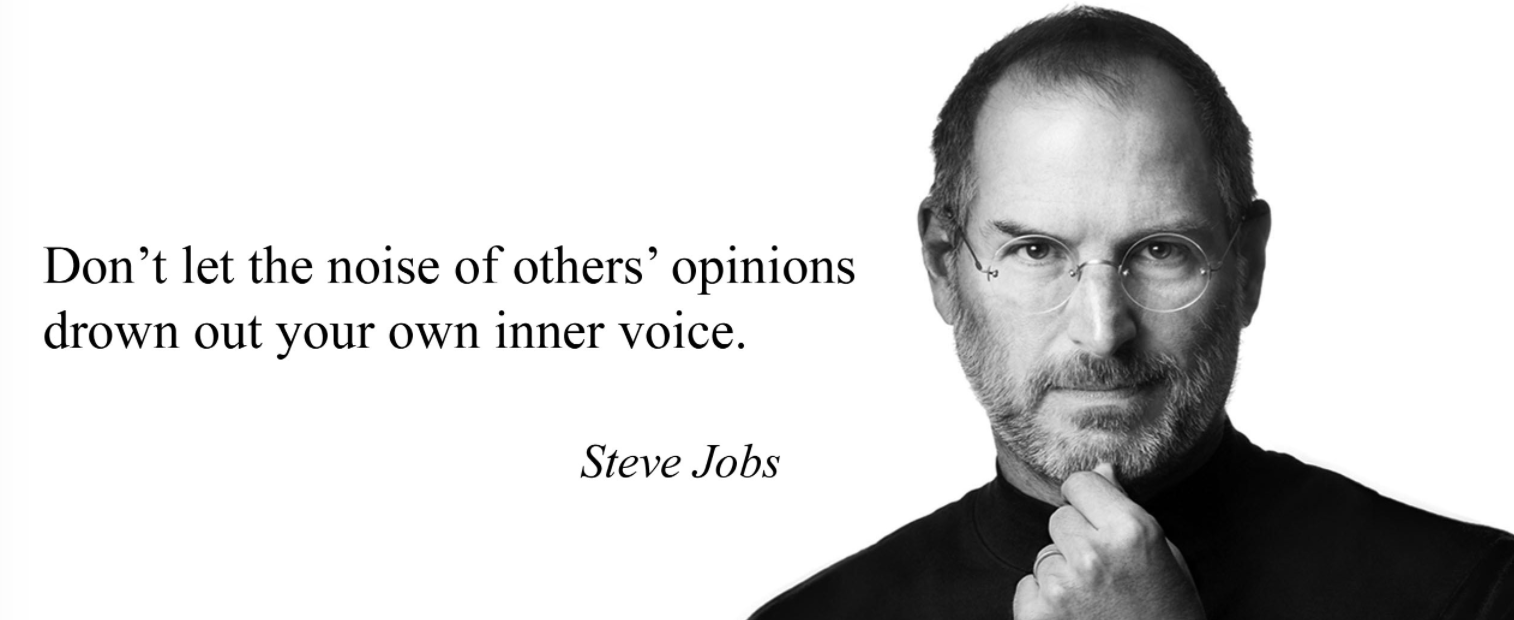
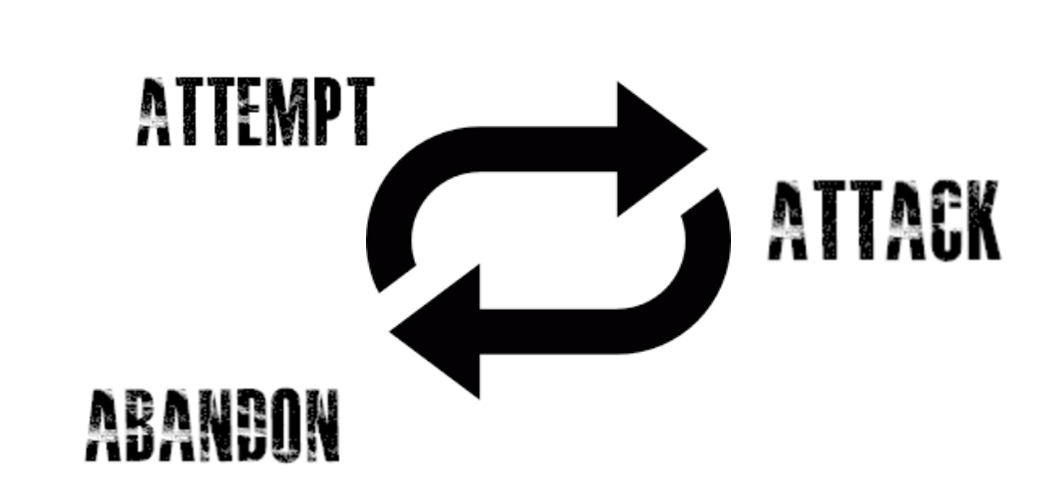
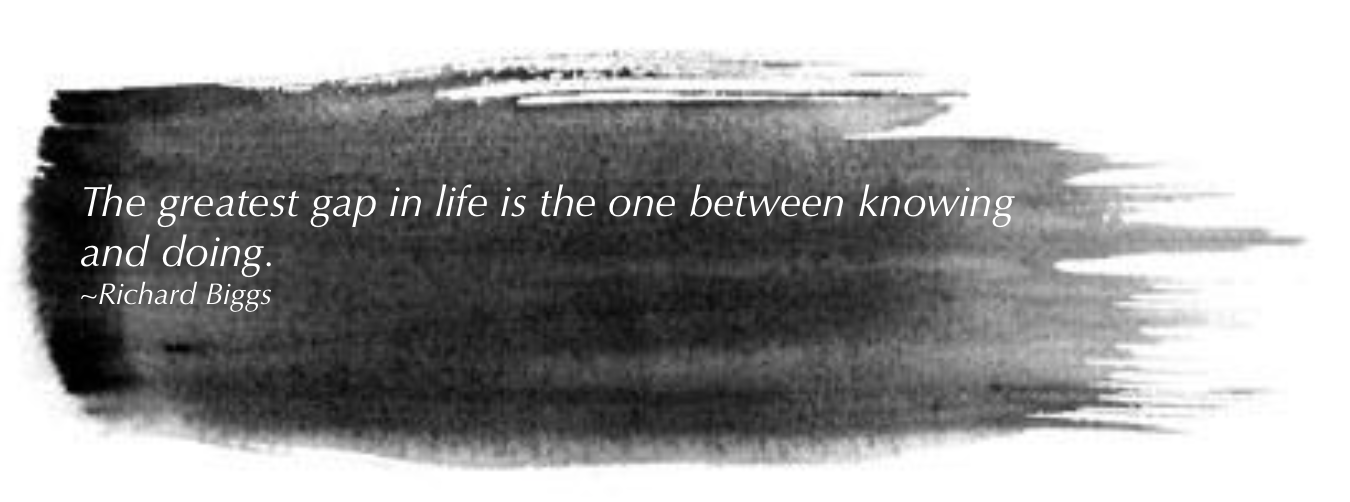
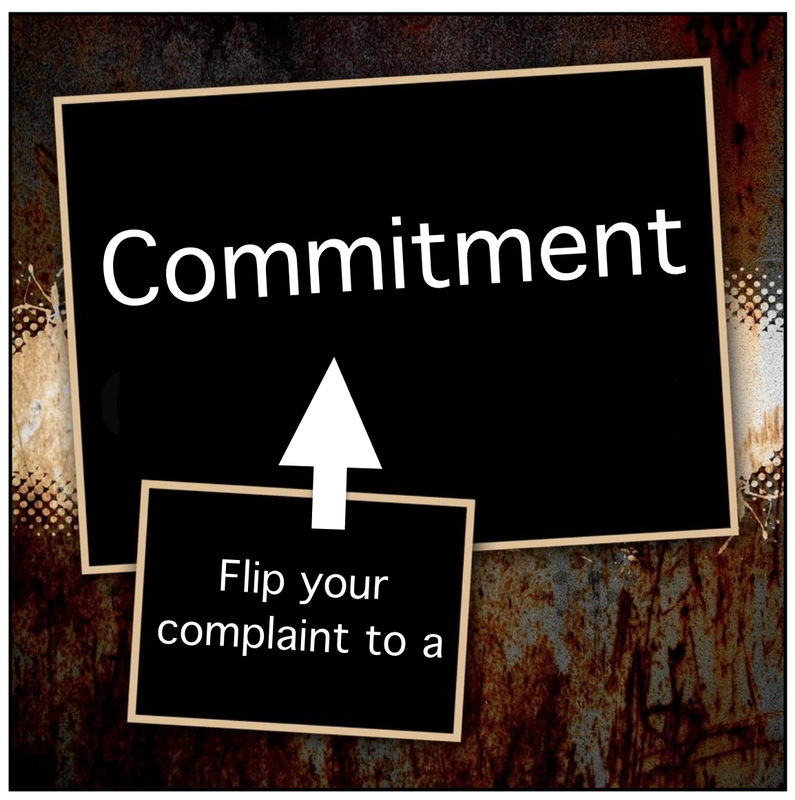
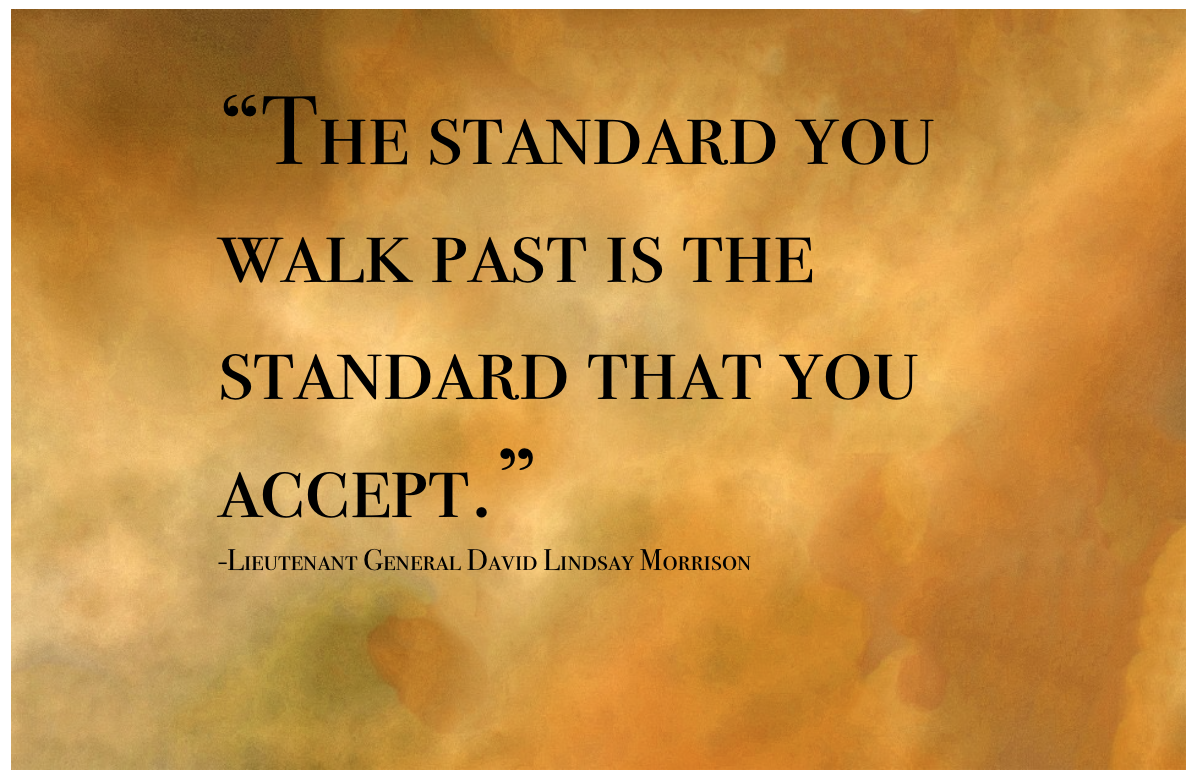
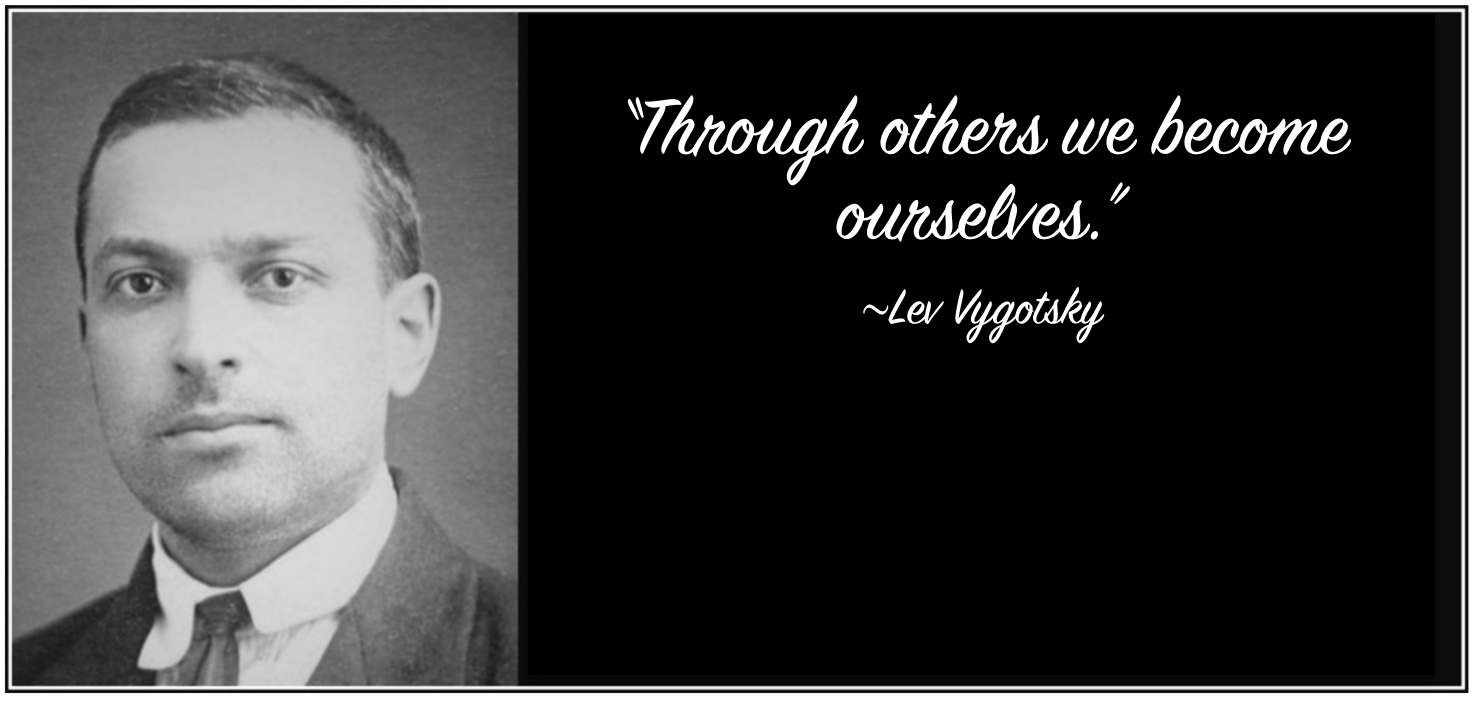

 RSS Feed
RSS Feed
